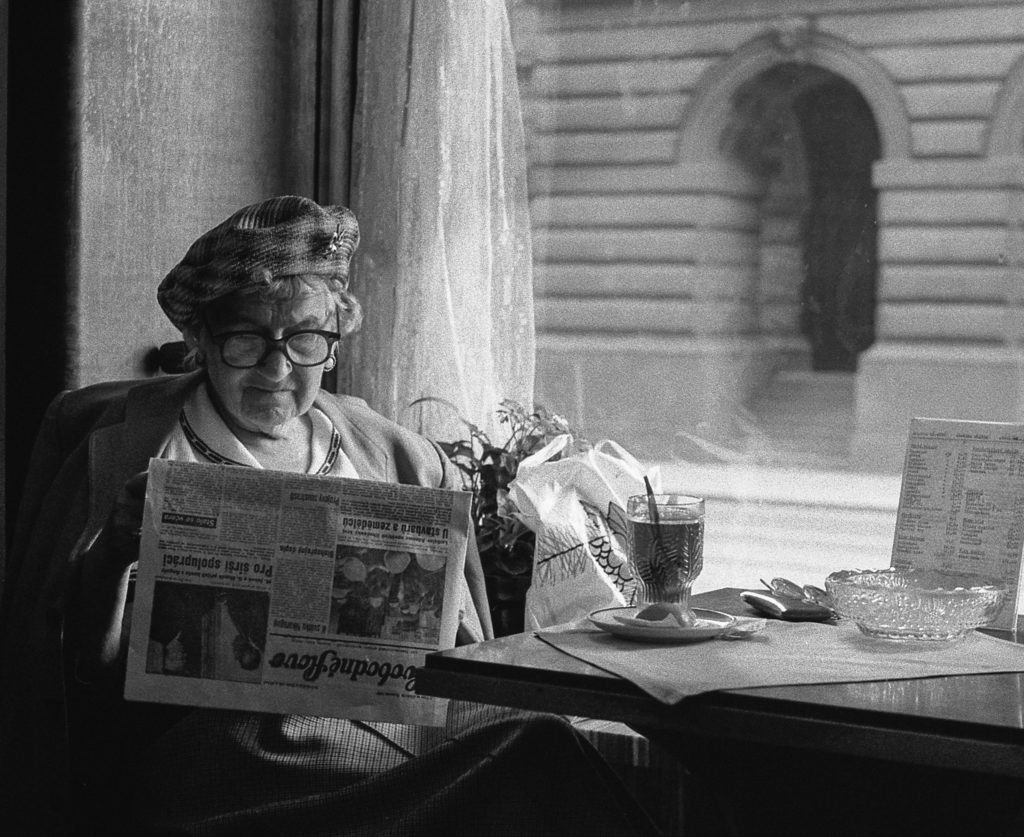
Photo by Anders Nord on Unsplash
A stocky woman in her seventies, her hair as royally permed as the Queen’s, sits at a four-person table by herself. Her brown wool jacket has a seat of its own. Her cane is draped against the table leg at an angle in an effort to trip innocent passersby. I have already decided that she’s horrible. Is that nasty of me? More importantly, is my character description effective?
This woman, let’s call her DOREEN, has been shouting into her cell phone for forty minutes. We are all glaring at her. She hasn’t noticed. She’s too absorbed in her very important phone call with a friend. Let’s call the friend, FRAN. Doreen doesn’t think Fran needs to make too much food. No, Charles wasn’t there. Yes, she had a funny feeling about that, too.
A lipstick stained coffee lid, a bent paper cup, three crumpled napkins, and a ball of banana bread cling-wrap lie scattered across her table. On the remaining chairs, she claims territory with a lumpy plastic shopping bag, a dripping umbrella, and her oversized beige purse. I’ve seen mothers with toddler triplets dine more discreetly.
For those of us lucky enough to be sharing our precious time with Doreen, it’s quite clear that she’s a “space taker-upper,” and probably a taker in general.
I should thank coffee shop Doreen, whoever she really is, for giving me a real-life negative impression that I can put to effective use in my writing. There’s nothing like people watching when it comes to figuring out how to show rather than tell. As John August explains in his fantastic blog post, How To Introduce Character, “Look for details that have an iceberg quality: only a little bit sticks above the surface, but it represents a huge mass of character information.”
How have strangers in public spaces influenced your scripts? I’d love to hear about it.